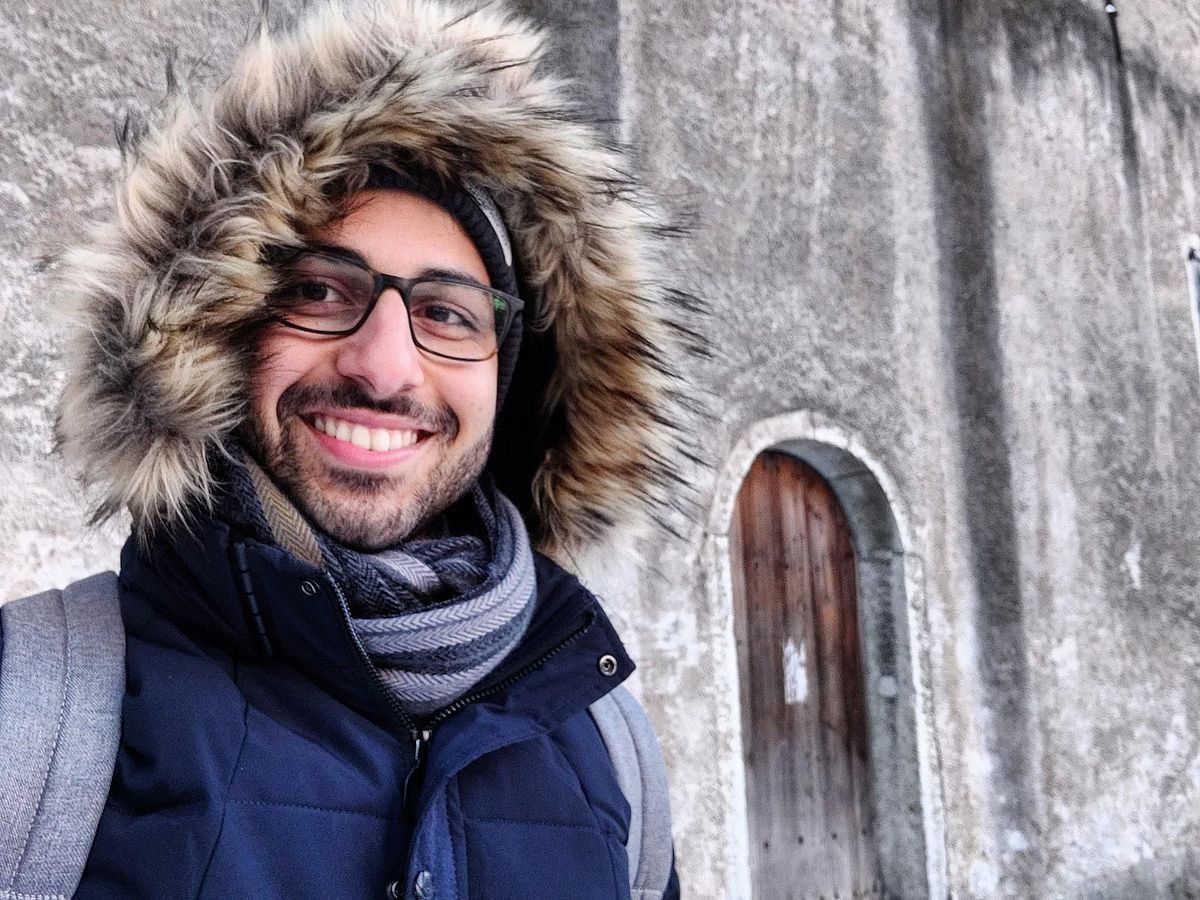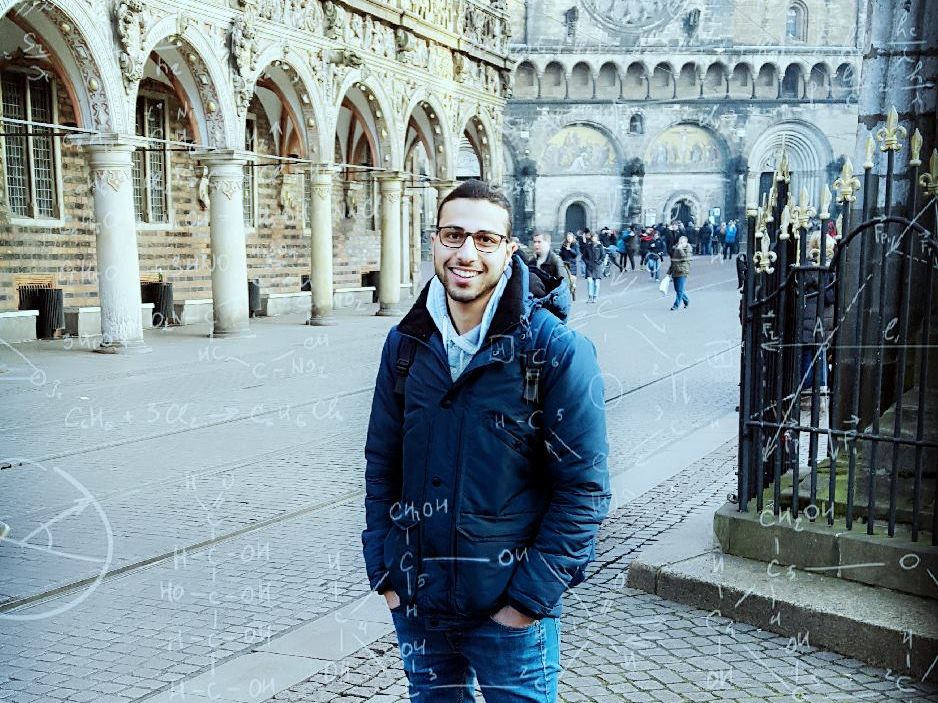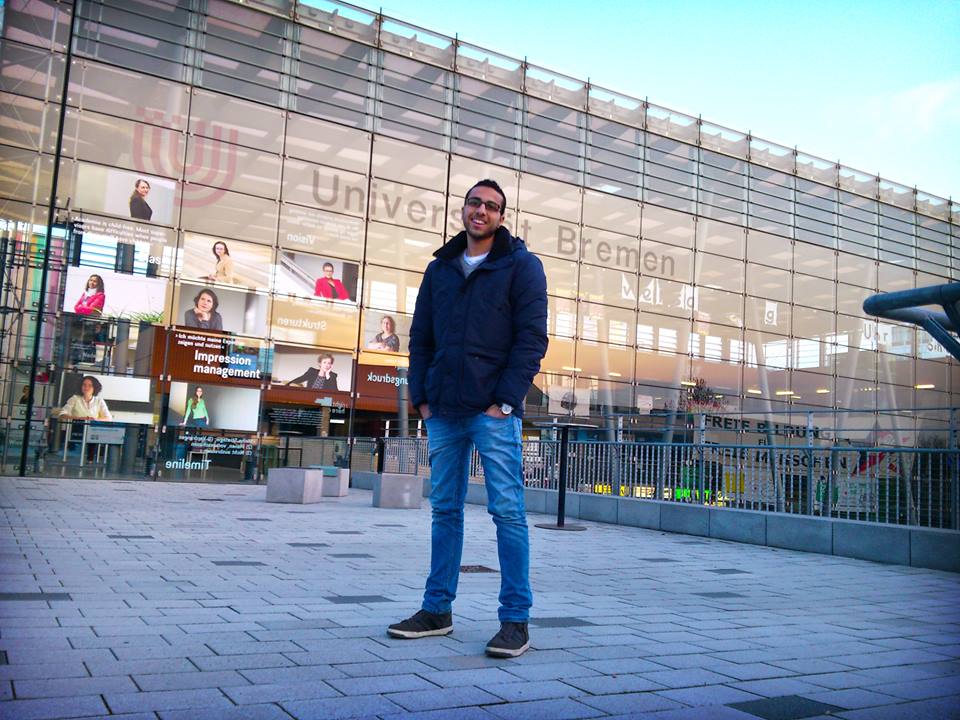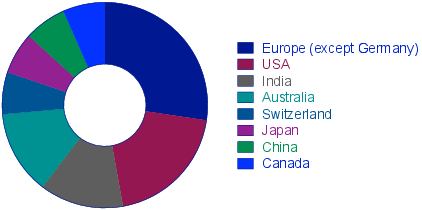Careers
Where are they now?
Career progress of BMB Alumni
More than 90% of the BMB students stayed within academia and are currently pursuing a PhD or a Postdoc after obtaining their MSc degree in Bremen.
The remainder chose related career options: project managment, health care management and research assitance.
Where did they go next?
74% stayed in Germany and those who were a bit more adventurous moved to other European countries, USA, Australia, India, Switzerland, China, Japan & Canada.
Relocalisation to countries after completing BMB
Early career success: How it started in Bremen
BMB-Alumna: Isabell Grothaus
"I am Isabell and participated in the BMB program from 2017 to 2019. Prior to that I did my Bachelor studies in biology at the university of Bielefeld, Germany.
I got to know the master program due to a recommendation from a former student and I do not regret to have taken his advise studying in the BMB program. I especially appreciate my time in Bremen because of the small group size accompanied by a friendly studying atmosphere in which everyone is in close contact. Additionally it is a great benefit to be able to easily and quickly approach and communicate with professors, making the whole studying experience very individual.
During my time I got a broad but also detailed overview of all biochemical disciplines, where I liked most the included extra programs like biophysics, taught by professors from different departments. It gives you the chance to network and get a better overview of the university landscape.
It was one of these extra courses, where I discovered my favourite topic computational biophysics. I was able to explorer this special field during a lab rotational in the group of Prof. Colombi Ciacchi (HMI) for 6 weeks. During that time i learned how to use software packages to integrate the laws of motions to describe the movement of atoms on molecular timescales; e.g. used to derive functional mechanisms from protein movements.
After finishing my MSc thesis on the study of glycosylation by mass spectrometry, I decided to perform my PhD in the HMI group in Bremen, asI was able to continue my Master thesis project there, using the computational methods to study my model more in detail.
Nowadays, I am very glad to be able to combine my experimental skills with newly learned computational techniques, making a perfect combination, which is actually more and more common in the biochemical community. My daily life as a PhD student is to compute the motion of biological systems, analysing large data sets with programming packages like Python and drawing conclusion from data derived from wet-lab experiments and simulations.
Overall, the BMB program takes you on an exciting journey through the world of up-to-date science, emphasising you to always learn new methods and broaden your horizon. I made a lot of new friends and experiences and was actually able to travel to India with one of my classmates, meeting her family and get to know this very interesting culture. BMB does not only takes you forward scientifically but also personally, living and learning in a diverse, international environment."

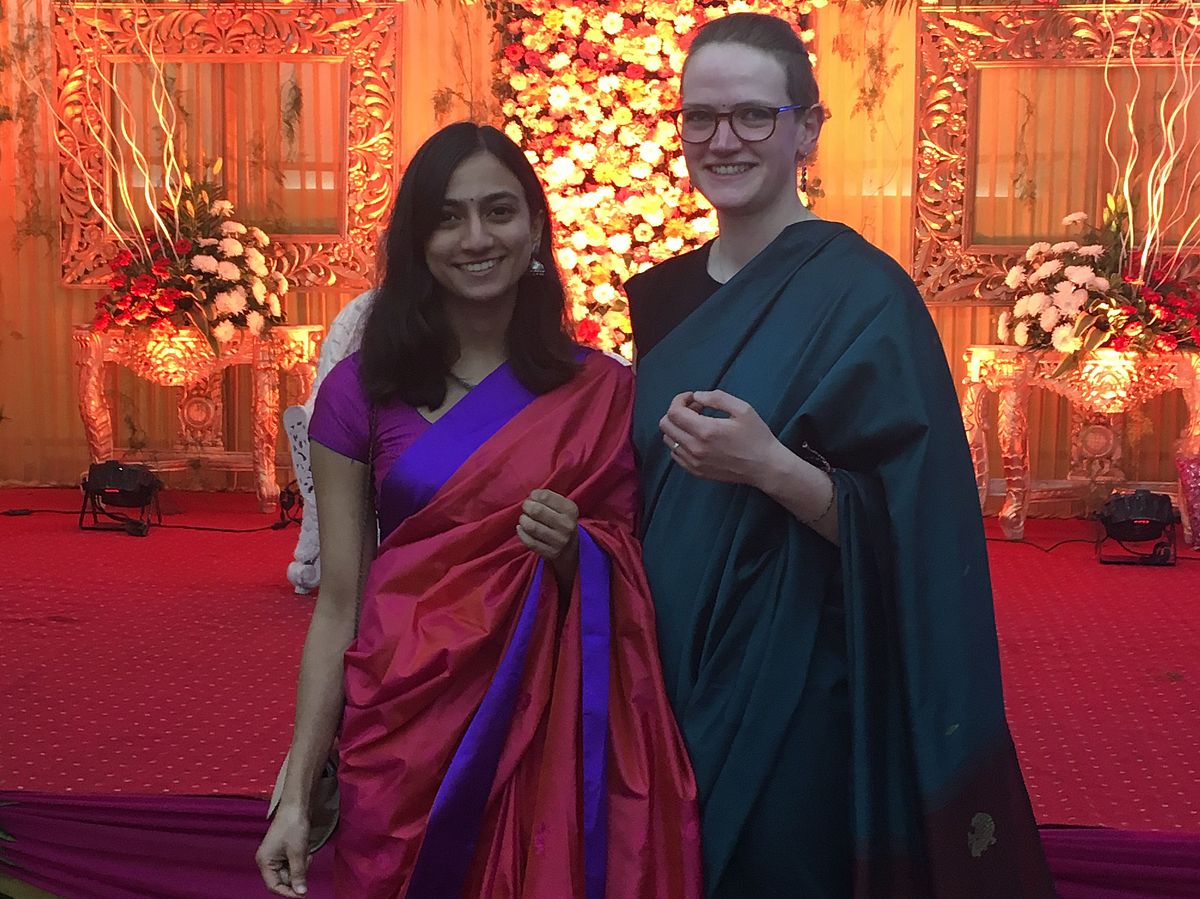
BMB-Alumnus: Johann Steinmeier
"Hi! My name is Johann Steinmeier and I finished the BMB master program in December 2016.
Being most interested in the molecular aspects while studying biology, the master program BMB provided the next logical step for me and allowed me to start my specialization. In the program I thrived on the freedom to follow my own choices through variable D-modules and in particular the lab rotations. These I used to pursue exciting projects at the Alfred-Wegener-Institute in Bremerhaven and at the Fraunhofer IFAM in Bremen, both offering innovative techniques and distinctive experimental experience.
However, after having a look around I decided to write my master thesis in the neurobiochemistry group of Prof. Ralf Dringen. Herein, I characterized in detail the enzymatic properties of the quinone reductase NQO1 that is exhibiting unexpectedly high enzymatic activity in astrocyte cultures – an in vitro model system for this specific type of brain glial cells.
Intrigued by neurobiochemistry I could fortunately stay with Ralf for my PhD. While I had previously been focused on enzyme kinetics, I was now broadening the view to the actual consequences of NQO1 activity on the cellular metabolism of astrocytes. After a short laboratory visit to Salamanca (that I still remember very fondly), conferences in Mosbach, Paris and Montreal (with amazing fellow PhD students) and several publications (thank you guys) I finished my PhD in September 2020 (puh).
Since October 2020 I am part of the cell biology lab of Prof. Janine Kirstein. Here, we are working on neurodegenerative diseases using the nematode C. elegans for studies in vivo. My special focus thereby lies on the influence of the molecular chaperone HSP90 on Alzheimer’s Disease, using a recently established model system of Janine’s lab that allows for the in vivo-tracking of disease-related amyloid structures."
BMB Alumnus: Hazem Ibrahim
"My name is Hazem Ibrahim, I graduated as a pharmacist from Cairo University in Egypt.
I have always wanted to pursue a career in academia. Being passionate about biochemistry, molecular biology and microbiology, I found the perfect program to be enrolled in for my master’s degree in Bremen. Such a well-structured curriculum and great mentors that allowed me to broaden my horizons and expand my knowledge theoretically and practically.
I also made great friends with my classmates and had loads of fun during our studies.
The program allows you to do two lab rotations, I was extremely interested in Kathrin Maedler's work and decided to join her lab for the first rotation where I enjoyed working on molecular pathways of beta-cell failure in diabetes. Following the first lab rotation, we had a poster session where I proudly received the best poster prize. For my second lab rotation, I wanted to use genome-editing tools to study diabetes and I joined Timo Otonkoski's lab in Helsinki University. I continued working on diabetes disease modelling using stem cells for my Master thesis that was supervised by Timo Otonkoski and Kathrin Maedler.
After I defended my Master thesis and topped my class, I decided to pursue my doctoral studies in Finland.
In November 2020, I published my first shared-first author article in the Journal of Clinical Investigation, where we identified 6 patients having homozygous mutations in YIPF5 gene with neonatal diabetes and microcephaly. We combined the technologies of human embryonic stem cells and genome editing to introduce a patient-specific-mutation into our control stem cells, and then differentiated the mutant and control stem cells into beta-cells. The mutant beta-cells displayed proinsulin accumulation, increased ER stress and impaired C-peptide secretion after implanting them in immunocompromised mice.
Our work highlights the value of investigating rare forms of monogenic diabetes to uncover mechanisms essential for beta-cell function."
The article was featured on the cover of JCI's December 2020 issue.
